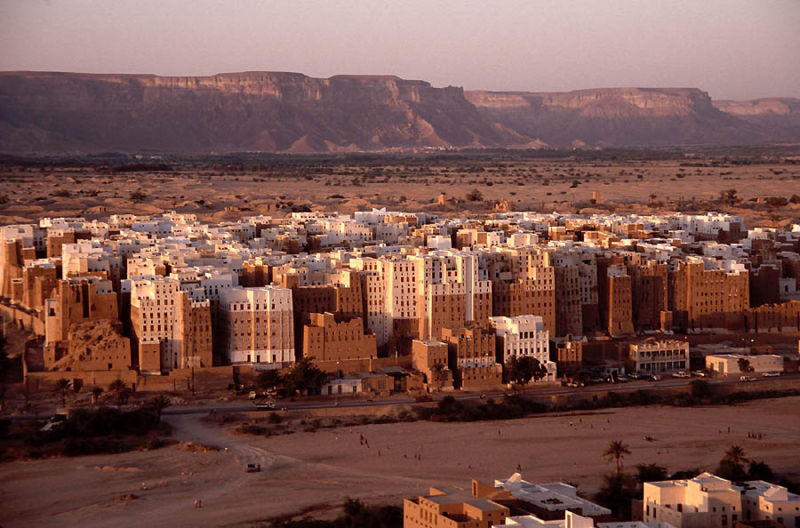Relief and rescue operations are ongoing in Hadhramout and al-Mahra governorates in southeast Yemen after being hit hard by torrential rains and subsequent floods over the past few days, according to officials.
Yemeni President Ali Abdullah Saleh told reporters on 25 October that so far 41 people had died and another 31 had gone missing because of the floods. Media reports on 26 October put the death toll at 65.
Saleh said the floods had destroyed 1,700 houses and had inflicted extensive damage to infrastructure, particularly highways, bridges and telecommunications, electricity and water networks.
"The state assumes its responsibilities in facing this disaster and is highly grateful to those who contributed [in the relief effort]. We have not requested [assistance] but whoever wants to contribute, we will be thankful since this is a humanitarian disaster," he said.
Several other governorates saw heavy rains but Hadhramout and al-Mahra, where mud-brick houses are prevalent, were the most affected, according to authorities.
The state-run National Center for Meteorology (NCM) said on 25 October that weather conditions had not stabilised and warned against further disruptions in most parts of the country.
Worst floods in decades
 Photo: Jialiang Gao/Peace on Earth  |
| Buildings inside the high-rise town of Shibam, where recent floods forced many of its thousands of residents to flee |
According to Salmeen, the historic mud-brick buildings of Shibam City, a UNESCO (UN Educational, Scientific and Cultural Organization) world heritage site, are in danger of collapsing. Many of its 20,000 residents had fled in the middle of the night only to return after the rains had subsided to find devastation.
According to the International Federation of Red Cross and Red Crescent Societies (IFRC), Yemen is prone to floods (particularly during the monsoon season), landslides and earthquakes. Water shortage is acute and chronic in most parts of the country.
In al-Mahra Governorate, floods have affected several coastal villages, sweeping dozens of fishing boats away and inundating hundreds of farms, the two main sources of income for the local population.
Salem Numair, secretary-general of al-Mahra's local council, told IRIN that 487 houses had been destroyed by the floods and hundreds of families displaced as a result in six coastal districts.
"Assessing the damage is ongoing. Preliminary reports show that 280 farms were damaged. Infrastructure was greatly damaged amid the electricity outage. Water networks were badly affected. Some new water projects [facilities] were also destroyed," he said.
An emergency committee was formed to handle the situation in the two governorates, which were declared disaster areas.
Relief aid
Local non-governmental organisations (NGOs) and businessmen are helping flood-affected families in the two governorates.
The Charitable Society for Social Welfare, a local NGO, said it had prepared relief aid at a cost of 10 million Yemeni Riyals (US$50,000) for the civilians in the two governorates. It included food items, tents, medicines and blankets. In a statement, the NGO said it would send more aid items later on. A number of businessmen have collectively donated over 300 million Riyals (US$1,500,000).
On 25 October, an AFP report quoting airport officials in Sanaa said that a first batch of six aircraft had taken off from Sanaa loaded with tents, food and medicine for people in the most affected areas.
maj/at/ed
This article was produced by IRIN News while it was part of the United Nations Office for the Coordination of Humanitarian Affairs. Please send queries on copyright or liability to the UN. For more information: https://shop.un.org/rights-permissions




